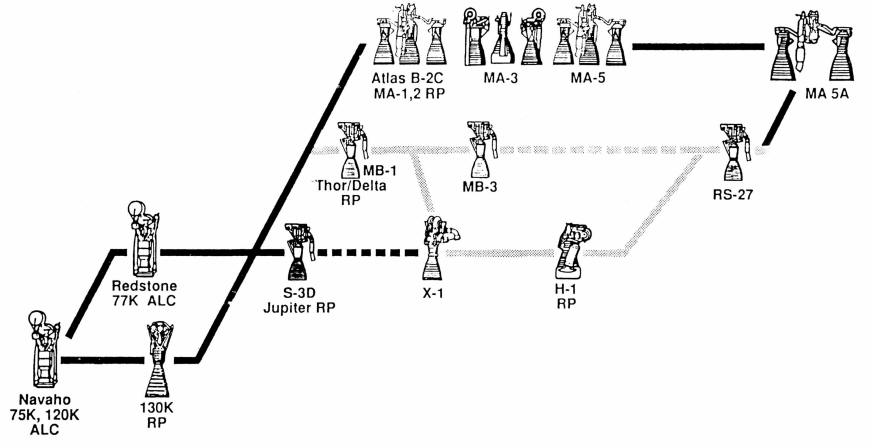How long would it have taken for a country like the UK, France, or China to develop LOX/kerosene engines indigenously in the 1950s or 1960s?
As victorious allies, France and the UK can insist on a certain victor’s share of V-2 technology access and also the ability to “hire” either genuinely, or coercively a portion of the German engineers. Their share, however, would not equal that of the US and USSR. Even still, combining their victor’s share with indigenous technical expertise would probably lead to the development of Kerosene rockets on par with the US- if they really wanted to.
India would be more challenging. No victor’s share of either examples or engineers and a late, post 1948 start. But that does not stop the Indians!
Using the lure of nice salaries, salaries, villas, servants and well…. mistresses, Indian teams hit war ravaged Germany and manage to hire some second tier German engineers with compartmentalized rocket knowledge and a fair number of German machinists, metal workers, tool and die makers, and technicians who worked on V-2s.
Casting the net further, Indian teams set up "Trade Offices" in Israel and Poland. Former slave workers are discretely sought out, compensated for their time and then data mined for any details regarding the production process or the design of V-2s. People who had pocketed any components- no matter how small, leave the Trade Office very happy.
The Indians of the “Warsaw Trade Office”, heavily armed with cash, bribe access to Polish crash sites under the guise of agricultural studies. Crash sites are then scoured again with metal detectors. Farmers, former Home Army fighters and the engineers who examined crashed V-2s are interviewed by Indian technical experts. Needless to say, top dollar (not zloyts) are paid for any V-2 components that had been stashed away for any motive.
As a national priority, maybe India develops the technology by the late 1950s?




